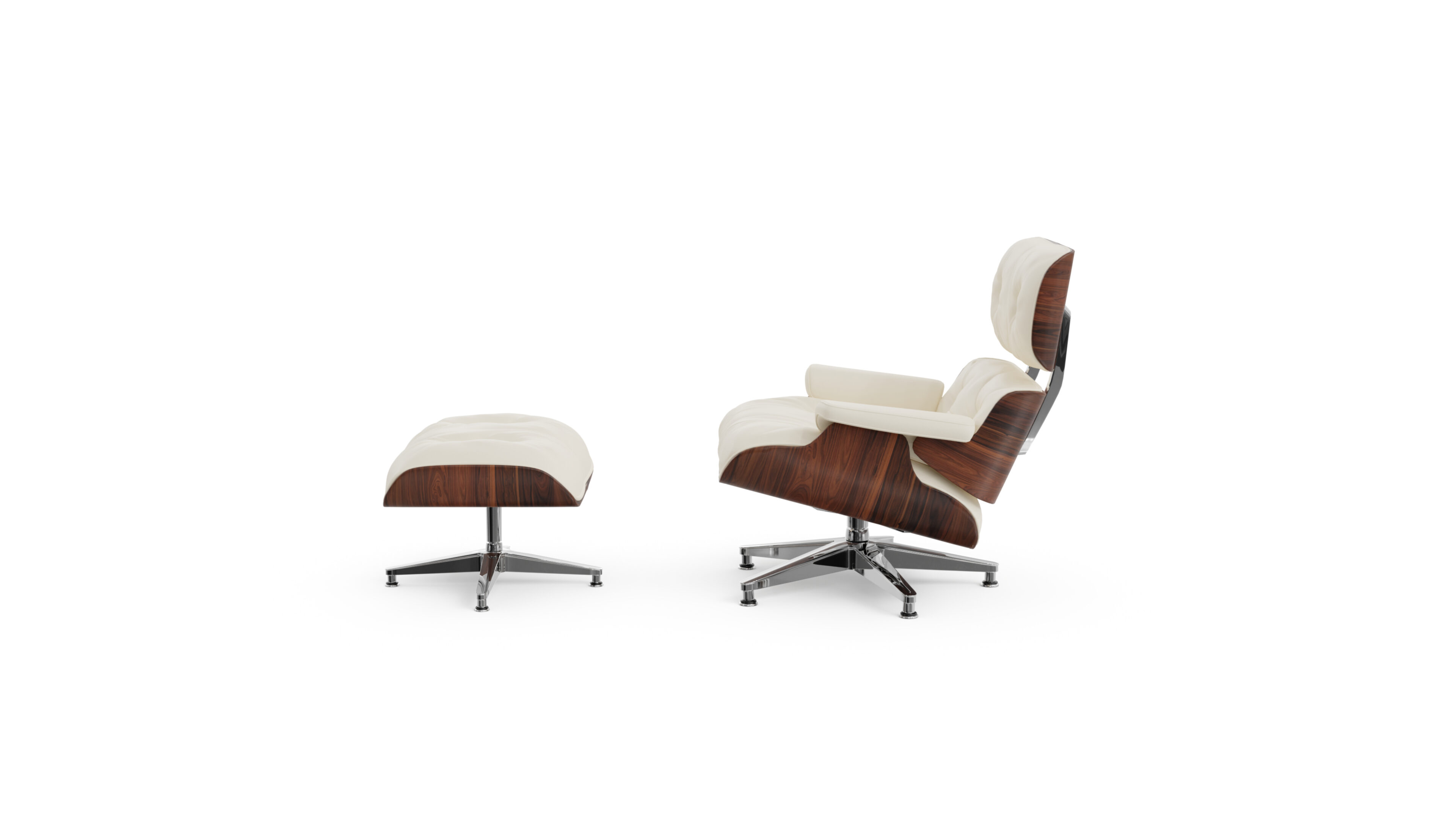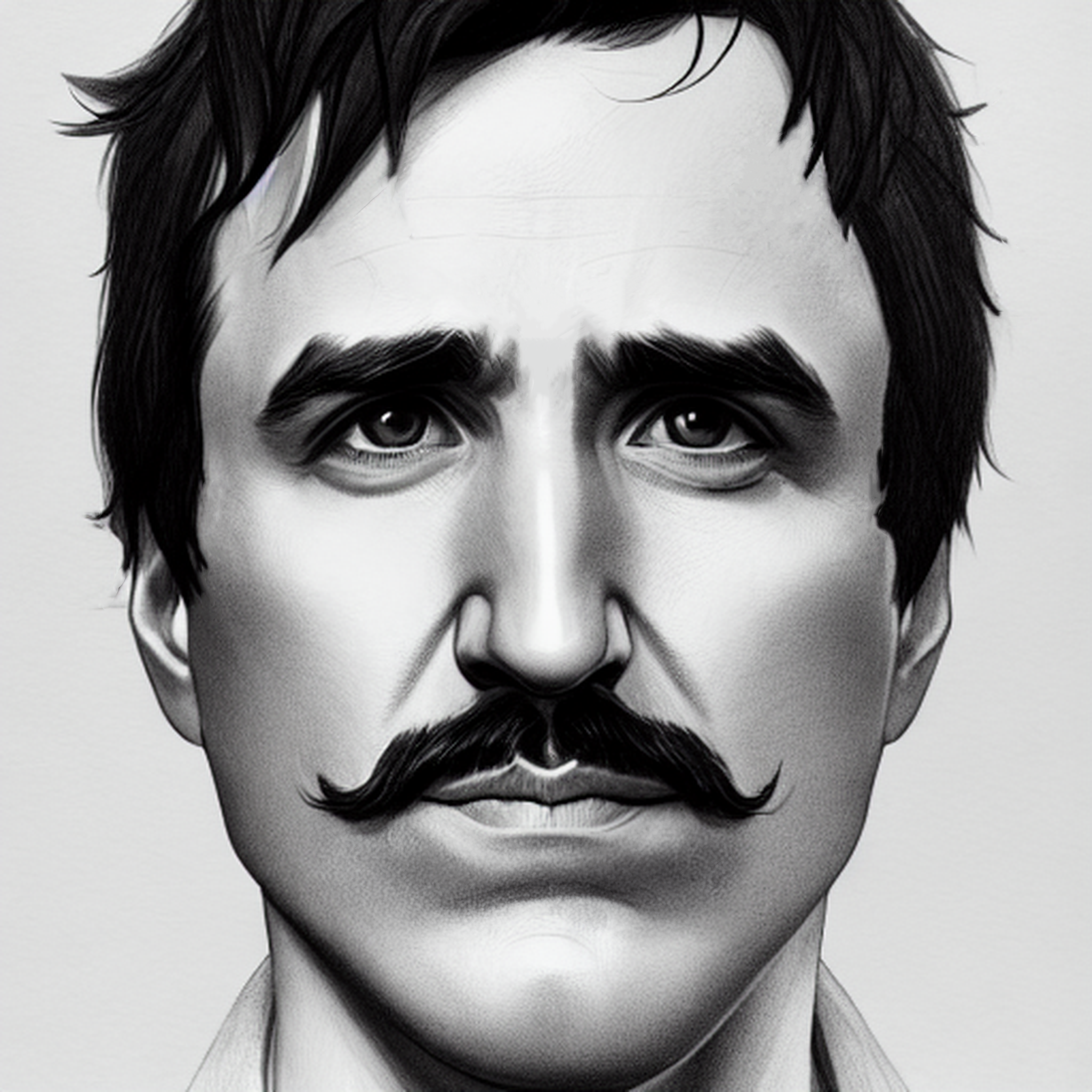
Le Corbusier Biography
Le Corbusier (1887-1965), born Charles-Édouard Jeanneret-Gris, was a Swiss-French architect, designer, and urban planner who revolutionized 20th-century architecture and furniture design. He is renowned for his contributions to modern architecture, including his “Five Points of Architecture” and iconic buildings such as Villa Savoye and the Unité d’Habitation. Le Corbusier’s furniture designs, including the LC4 Chaise Longue (1928) and the LC3 Grand Confort Modèle Armchair (1928), exemplify his philosophy of functional, minimalist design and continue to influence contemporary interiors.
Early Life and Education
Born in 1887 in La Chaux-de-Fonds, Switzerland, Charles-Édouard Jeanneret-Gris (who would later adopt the pseudonym Le Corbusier) was exposed to the arts from an early age. He initially trained as a watch engraver at the local art school. However, his interests soon shifted to architecture, leading him to study under Charles L’Eplattenier, who introduced him to art history, drawing, and the naturalist aesthetics of Art Nouveau.
Career and Achievements
Le Corbusier’s career spanned over five decades and left an indelible mark on modern architecture and design. After traveling through Europe and working under various architects, including a brief stint with Peter Behrens in Berlin, he settled in Paris in 1917. It was here that he adopted the name Le Corbusier and began to develop his revolutionary ideas about architecture and urbanism.
In the 1920s, Le Corbusier gained recognition for his theoretical writings and architectural projects. His book “Vers une Architecture” (Towards a New Architecture), published in 1923, laid out his vision for modern architecture and became one of the most influential architectural manifestos of the 20th century. He also formulated his “Five Points of Architecture,” which would become fundamental principles of modern architecture: pilotis (support columns), free ground plan, free façade, ribbon windows, and roof garden.
Le Corbusier’s architectural masterpieces include Villa Savoye (1929-1931) in Poissy, France, which embodies his Five Points, and the Unité d’Habitation (1947-1952) in Marseille, a pioneering example of brutalist architecture. He also designed the master plan for Chandigarh, India, including several government buildings.
In addition to his architectural work, Le Corbusier made significant contributions to furniture design. Collaborating with his cousin Pierre Jeanneret and Charlotte Perriand, he created a series of iconic furniture pieces in the late 1920s, which continue to be produced and widely admired today.
Signature Designs
Le Corbusier’s portfolio includes groundbreaking architectural projects and influential furniture designs. Some of his most notable works include:
1. Villa Savoye (1929-1931): A prime example of Le Corbusier’s Five Points of Architecture, this villa in Poissy, France, is considered one of the most significant contributions to modern architecture.
2. Unité d’Habitation (1947-1952): This housing development in Marseille, France, pioneered new concepts in urban living and is a seminal work of brutalist architecture.
3. LC4 Chaise Longue (1928): Often called the “relaxing machine,” this lounge chair epitomizes Le Corbusier’s idea that furniture should be extensions of our limbs and function as “equipment for living.”
4. LC3 Grand Confort Modèle Armchair (1928): This cube-shaped armchair with leather cushions set in a chrome-plated steel frame became an icon of modernist design.
5. LC2 Petit Modèle Armchair (1928): A smaller version of the LC3, this chair is another classic of modernist furniture design.
Design Philosophy and Approach
Le Corbusier’s design philosophy was rooted in functionalism and a belief in the power of design to improve people’s lives. He famously described a house as “a machine for living in,” emphasizing the importance of efficiency and functionality in design. This approach extended to his furniture designs, which he saw as “equipment for living.”
In architecture, Le Corbusier advocated for a new approach that embraced modern materials and technologies. His Five Points of Architecture promoted open floor plans, the use of reinforced concrete, and the integration of buildings with nature through roof gardens. He also developed the “Modulor,” an anthropometric scale of proportions based on human measurements, which he used in his architectural designs.
Le Corbusier’s furniture designs reflected his architectural principles of simplicity, functionality, and the honest expression of materials. He often used chrome-plated tubular steel, leather, and canvas in his furniture, materials that were innovative for their time and reflected the machine aesthetic he admired.
Legacy and Influence
Le Corbusier’s influence on modern architecture and design is immeasurable. His ideas about urban planning, the integration of form and function, and the use of new materials and technologies have shaped the built environment of the 20th and 21st centuries. Many of his architectural principles, such as the use of pilotis and roof gardens, have become standard features in modern architecture.
In furniture design, Le Corbusier’s pieces have achieved iconic status. The LC4 Chaise Longue, LC3 Grand Confort, and other designs from his collaboration with Perriand and Jeanneret continue to be produced and are considered classics of modernist furniture. These designs have influenced countless designers and continue to be popular in contemporary interiors.
Le Corbusier’s theoretical writings, particularly “Vers une Architecture,” remain influential texts in architectural education and theory. His ideas about the relationship between architecture, urbanism, and society continue to be debated and reinterpreted by new generations of architects and designers.
While some of Le Corbusier’s urban planning ideas have been criticized in recent years, his overall impact on modernist architecture and design is undeniable. His work continues to be studied, admired, and reinterpreted, ensuring his place as one of the most significant figures in 20th-century design history.
Le Corbusier FAQs
What are Le Corbusier’s Five Points of Architecture?
Le Corbusier’s Five Points of Architecture are:1) Pilotis (support columns), 2) Free ground plan, 3) Free façade, 4) Ribbon windows, and 5) Roof garden. These principles were fundamental to his approach to modern architecture.
What is Le Corbusier’s most famous building?
While Le Corbusier designed many famous buildings, Villa Savoye in Poissy, France, is often considered his most iconic work. It perfectly embodies his Five Points of Architecture.
What is the LC4 Chaise Longue?
The LC4 Chaise Longue, designed in 1928, is one of Le Corbusier’s most famous furniture pieces. Often called the “relaxing machine,” it’s an ergonomic lounge chair that epitomizes his concept of furniture as “equipment for living.”
How did Le Corbusier influence modern design?
Le Corbusier influenced modern design through his architectural theories, innovative use of materials, and functional approach to both buildings and furniture. His ideas about open floor plans, the use of industrial materials, and the integration of form and function have had a lasting impact on architecture and furniture design.


































































